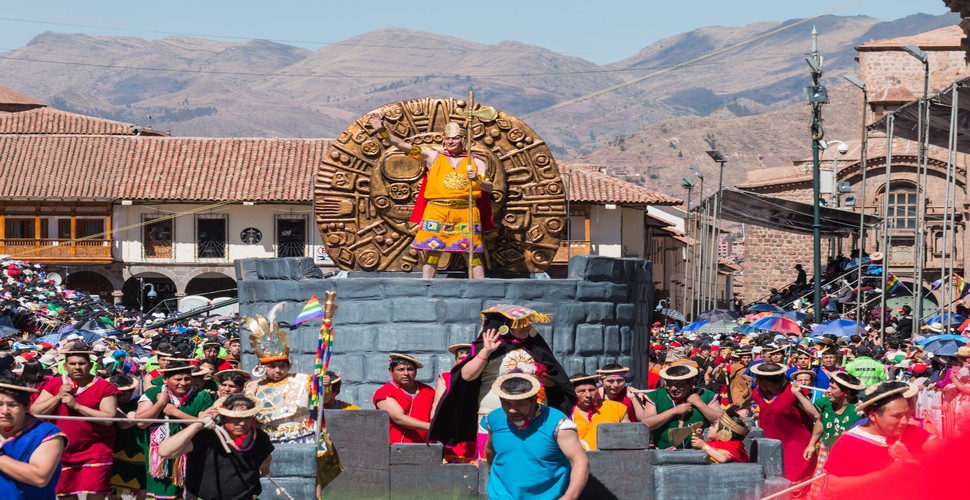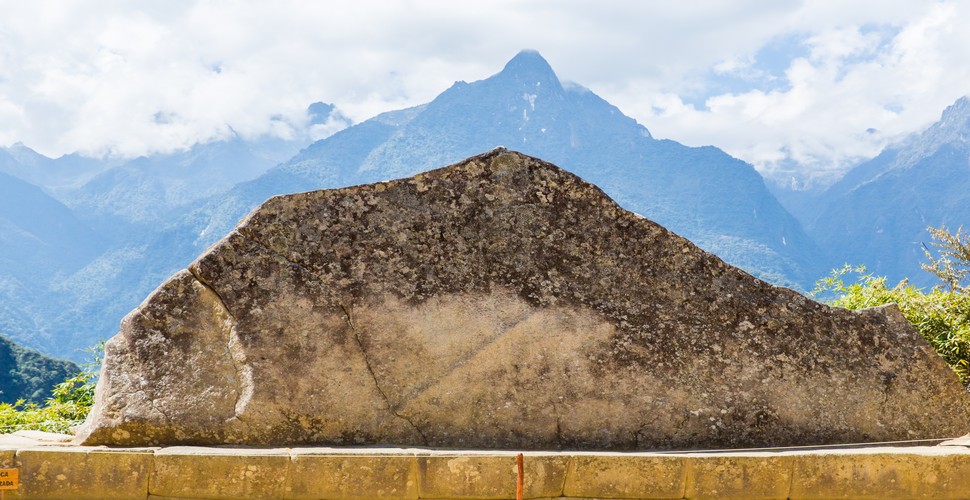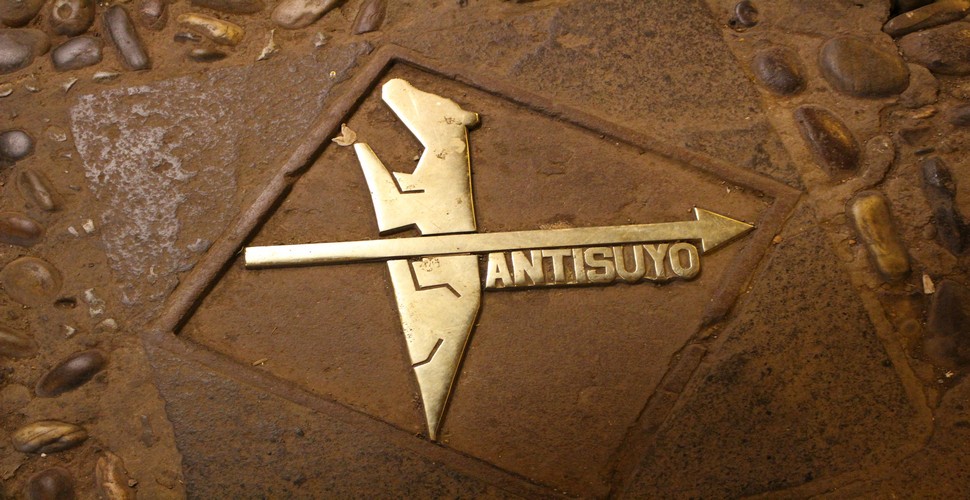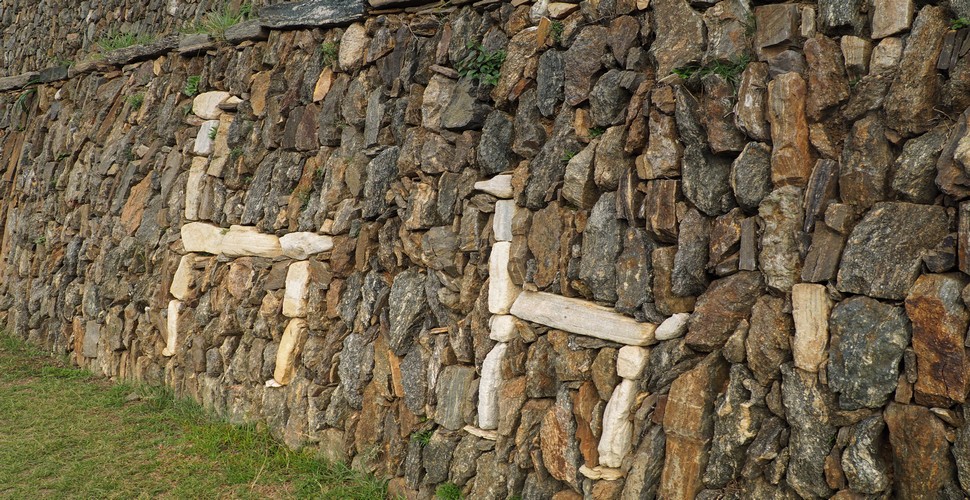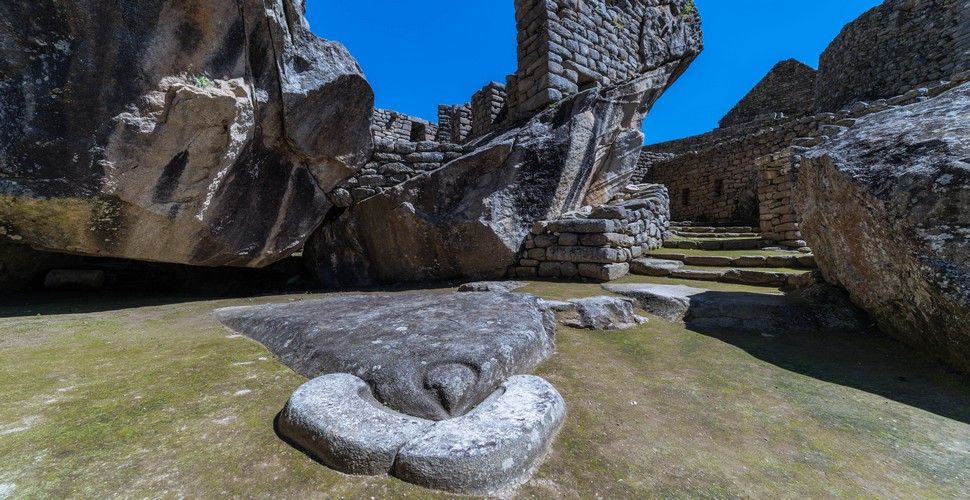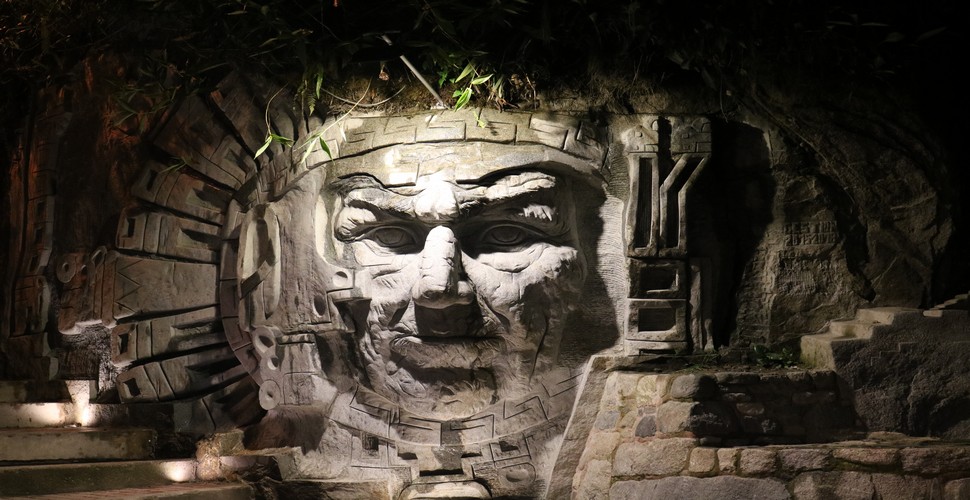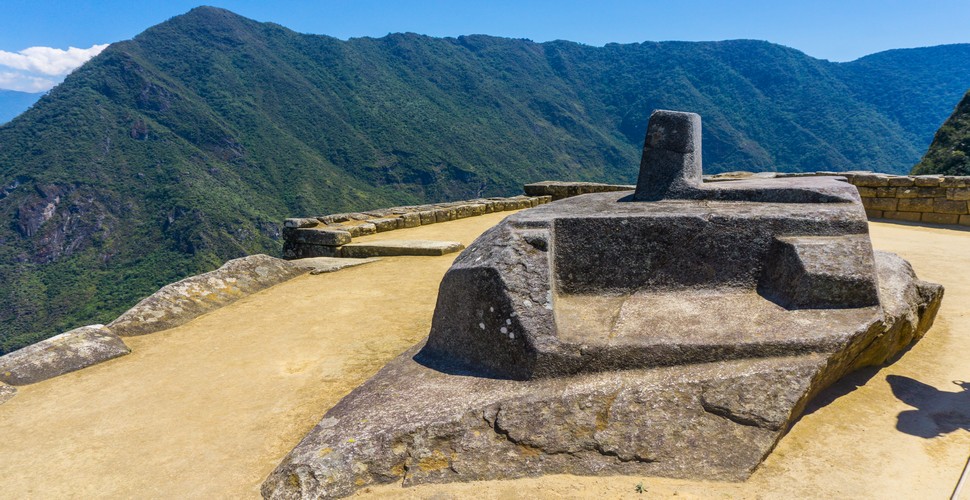
Inca Symbols That You Will Encounter Along the Journey to Machu Picchu
Written by:Valencia Travel
Last Update: 2025-02-02
As you set out on the breathtaking visit to Machu Picchu, one of the New Seven Wonders of the World, you will have the opportunity to immerse yourself in the rich history and culture of the ancient Inca civilization. For most travelers, simply seeing the jaw-dropping site of Machu Picchu is a once-in-a-lifetime event in itself. What makes this experience even more enjoyable however are the mysterious Machu Picchu symbols and rock structures that can be found in the ruins of the Inca citadel. Along the way, there are specific locations where you will encounter a variety of symbols that held great significance during Inca times. These symbols serve as reminders of the empire's ingenuity, spirituality, and deep connection with nature. Let's explore some of the prominent Inca symbols that you will encounter on a trip to Machu Picchu.
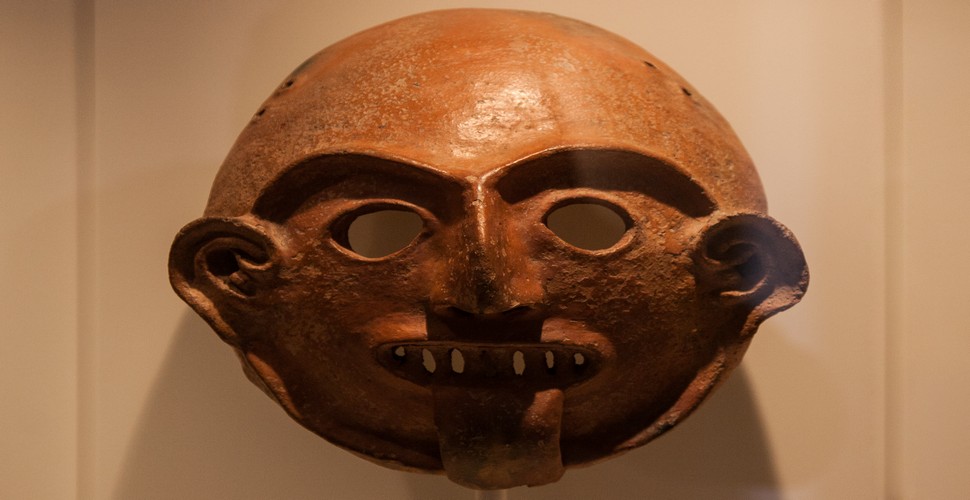
Wooden Inca Mask
Inti, the Sun God
Look for representations of Inti, the Sun God, in the form of golden discs or sunbursts. These symbols can often be found adorning temples and sacred places along the trail. Keep a keen eye out for them as you make your way to Machu Picchu, as they reflect the Inca's belief in the sun's vital role in their agricultural practices and the sustenance of life itself.
Inti Behind the Inca
The Sacred Rock
This is the most famous and iconic of the Machu Picchu Mountain rock carvings and can be found in an excellent state of preservation. Stretching for almost 8 meters, this rock is a must-see and even has its own pedestal. At first sight, you may think this is any normal rock, yet on closer inspection of its outline, you can clearly see that this rock has been carved to resemble the peaks of Yanantin Mountain and its surrounding counterparts.
The Sacred Rock
The Chakana, the Inca Cross
The Chakana, also known as the Inca Cross, is a symbol that holds significant importance in Inca culture. You will encounter this symbol at specific sites along the trail. Look for it in architectural features or as carved motifs. The Chakana represents the three realms of existence according to the Incas: the lower world (Ukhu Pacha), the earthly world (Kay Pacha), and the higher world (Hanan Pacha). The Inka called their empire Tawantinsuyu, which means "The Four Regions Together". Each of the four "suyus" (regions) had diverse populations, environments, and resources. With its network of roads, storehouses, religious sites, and administrative stations, the Qhapaq Ñan integrated the suyus into one empire, which is also represented by the 4 corners of the chacana, representing the Inca's harmonious relationship with the cosmos and their understanding of the interconnectedness of all things.
Antisuyo Road Sign
Llamas
Llamas are one of the hardiest and most unique animals that live in the Andes Mountain Range. The Incas domesticated these animals and used them for various different functions and they still live in and around Machu Picchu. The Llama in the Wall is the most famous hidden animal symbol and is another must-see when visiting this iconic location. As with many of the other symbols within the Machu Picchu walls, at first glance, it may look like a simple wall section. However, if you study the outline, you can clearly see the body, long neck, head, and ears of a llama – the shape is unmistakable.
Llama Terraces, Choquequirao
Machu Picchu Temple of The Condor
The Condor is a bird that can be found throughout Peru, Chile, and Argentina, generally in the Andean region. One of the most fantastic symbols within Machu Picchu is actually that of a Condor in flight. At first sight, you can see the outline and beak of a Condor on the floor, which appears as if the bird has no wings. If you tilt your head 90 degrees however, and look up from the floor you will be surprised to see that the wings have been carved from two immense rocks and clearly show the bird in full flight.
Temple of The Condor
Wiracocha, the Supreme Creator
Symbols or representations of Wiracocha, the Supreme Creator, may be found along the way to Machu Picchu. Keep an eye out for depictions of a bearded figure, as this is often how Wiracocha is represented. These symbols reflect the Inca's reverence for their divine creator and may be encountered at specific sacred sites or in the form of carvings and paintings.
Wiracocha
Condor, Puma, and Serpent
Throughout your journey to the ancient citadel of Machu Picchu, you may come across carvings, paintings, or representations of the condor, puma, and serpent, These three animals are deeply ingrained in Inca culture. These symbols can be found at various points along the trail, showcasing the Incas' association of these animals with important concepts and values. The condor represents the heavens and spirituality, the puma symbolizes strength and leadership, and the serpent signifies wisdom and transformation.
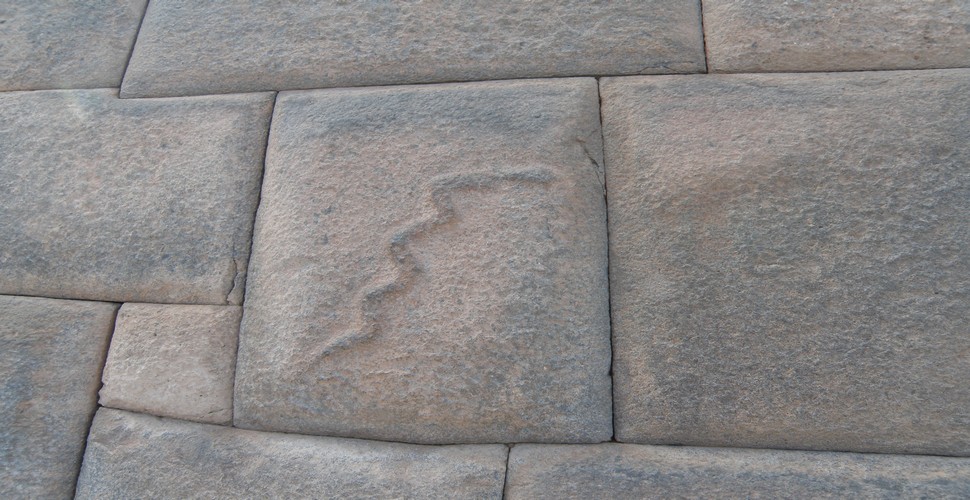
7 Snakes Street, Cusco
Intihuatana, the Sun Dial
As you approach Machu Picchu, keep an eye out for the Intihuatana, an intriguing stone structure believed to have served as a solar clock or calendar. Although the original Intihuatana at Machu Picchu is protected, you may find replicas or similar structures on other parts of the Inca trail. These symbols were considered gateways to the spiritual realm and anchors for the sun's energy.
Inti Huatana, Machu Picchu
As you trek along the ancient trails leading to Machu Picchu, be attentive to these Inca symbols and their locations. Cusco is also an excellent place to spot Inca symbology. These symbols will guide you on your journey and offer glimpses into the fascinating world of this ancient civilization. Each symbol carries a unique story, revealing the Incas' deep reverence for nature, their complex spiritual beliefs, and their advanced understanding of the cosmos. Embrace the opportunity to witness and appreciate these symbols, for they represent the enduring legacy of the Inca Empire and the fascinating history woven into the fabric of Machu Picchu and its surrounding regions. Find out more here about our cultural tours, where you can witness these impressive Ina symbols for yourself!
 Aventure
Aventure
 Cultural
Cultural
 Gastronomy
Gastronomy
 Wellness
Wellness
 Local Living
Local Living
 Luxury
Luxury
